Qantas turns 100 – but 2020 means a very unhappy birthday
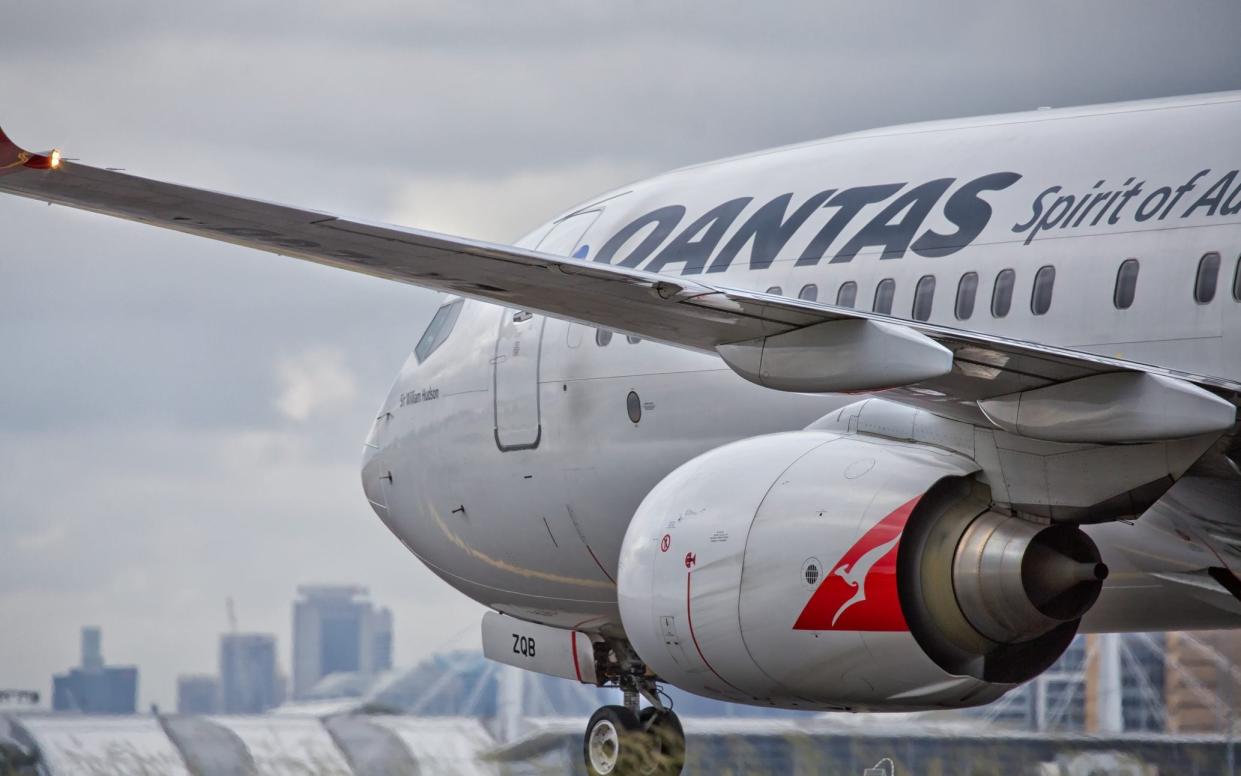
A 100th birthday is normally a very big deal indeed. It requires hearty congratulations and teary platitudes. It may involve a telegram from the Queen. It usually means a party.
For one senior citizen, reaching their centenary today, it will also mean cake. Socially distanced birthday cake, served up very carefully – with a nice milky cup of tea. There will be children’s activities as well, to keep the little ones entertained during the speeches.
It all sounds lovely. Just the sort of the sort of restrained celebration great-grandad would want in what are, let’s face it, diabolical circumstances. The thorny issue, of course, is that the birthday boy is not a hard-of-hearing retired postman, delighted to have so many of his family members around him. The birthday boy is a major airline whose thunder – and much else besides – has been stolen by Covid-19’s relentless march around the globe.
Today (November 16) should have been a hugely significant day for Qantas. In many ways, it still is. A line in the sand, boldly drawn, a precise ten decades after Australia’s aviation flag-carrier was founded in Winton – a small town in a remote part of the Queensland Outback – by three aviation pioneers. Unfortunately, the anniversary commemorations are unlikely to be attended by many more people than were at the birth. The main event will be a week of free-entry coffee mornings at the Qantas Founders Museum (qfom.com.au) in “nearby” Longreach. That’s “near” in Outback terms. Longreach is the next town over – 110 miles from Winton, along the A2 desert highway.
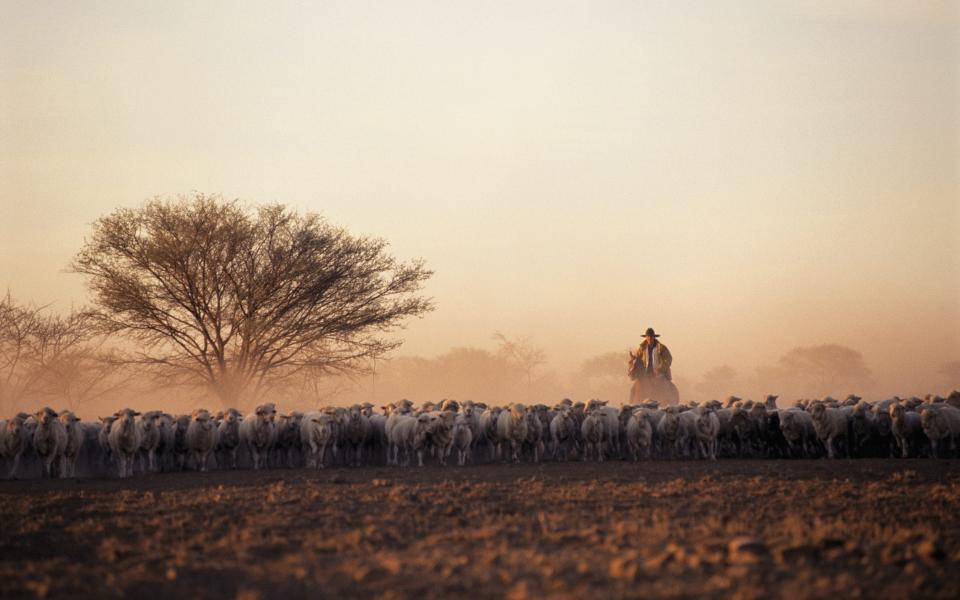
What should have been a feast of nationwide festivities has faded away as this pandemic year has charted its sickly course. A “fly-in” of vintage aircraft to the museum’s airstrip, scheduled to take place in August, was postponed in May; the three-day gala party that should have lit up the first weekend of October went the same way. “Qantas Centenary: 100 Years of the Spirit of Australia” – a touring exhibition that was due to visit Brisbane, Sydney, Melbourne and Perth, and which should have been setting up shop at the State Library of New South Wales any minute now – has quietly fallen from the listings. “Postponing these events is a difficult decision to make when you consider all the work that has gone into organising them – but it is important that we all work together to flatten the curve and ensure the safety of our community and guests,” Tony Martin, the CEO of the Qantas Founders Museum said earlier this year – with what must have been that knot of disappointment in the stomach that we’ve all come to recognise in the last few months.
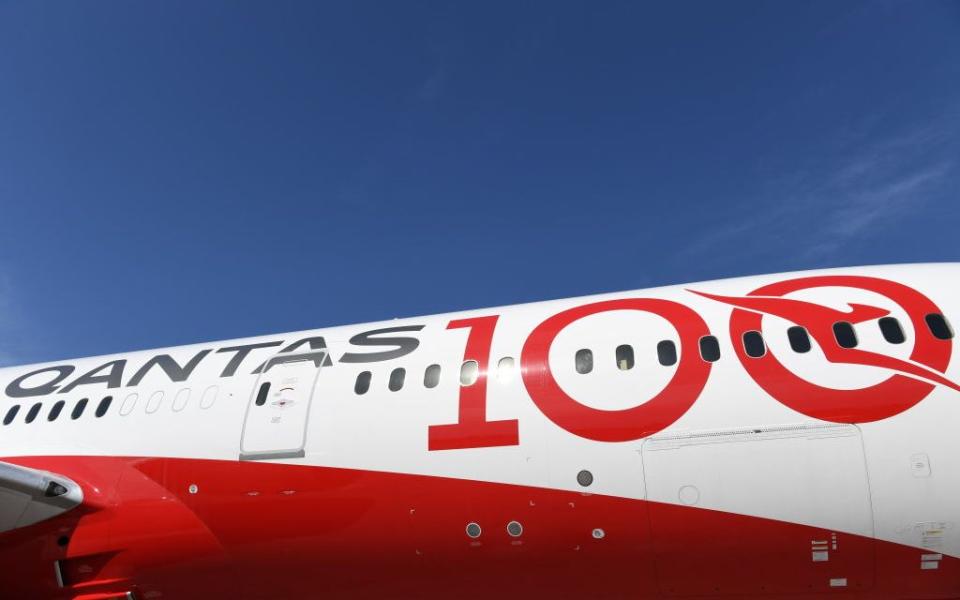
And where a simple three-digit figure should have been the number of the year, Qantas’s 2020 has been defined by some far less inspiring and rather more damaging statistics. When the airline announced its financial results for the year in August, it revealed a 91 per cent drop in profit, and a statutory before-tax loss of A$2.7billion (£1.5billion), in the face of what it called “a near total collapse in travel demand” and “the most challenging period in its long history”. The proof of this was in a particularly unpleasant pudding – 6,000 job cuts to go with the losses; the grounding of its fleet of A380s, a dozen of said (Airbus) “super-jumbos” being sent into exile in the Mojave Desert until more aviation-friendly times return. They are likely to be gathering Californian dust until 2023. “The A380s have to remain on the ground for at least three years, until we see international volumes [of travel] brought back,” the airline’s CEO Alan Joyce said, in late September.
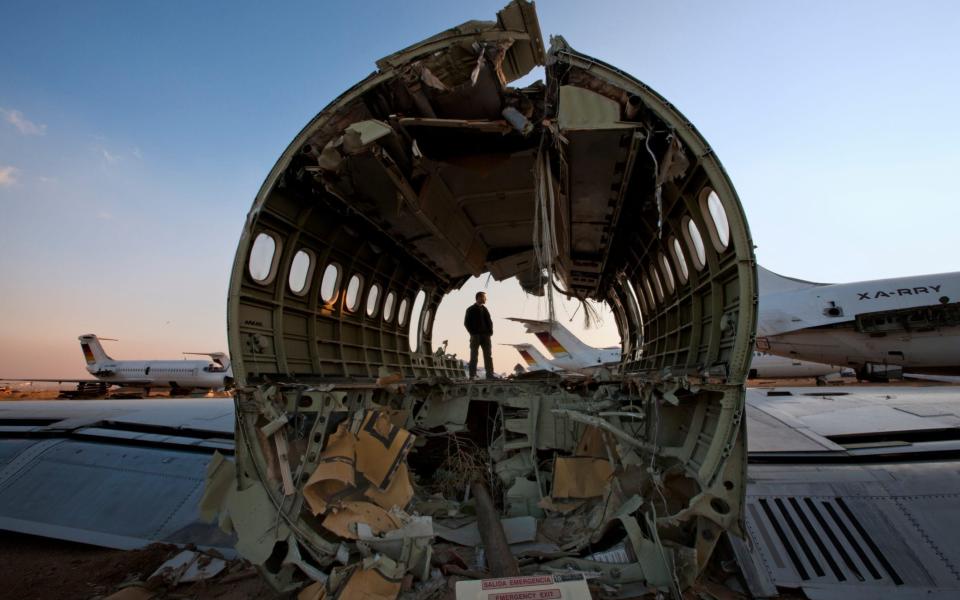
Of course, Qantas is not unique in having an annus horribilis – just about every other airline has been similarly eviscerated by Covid-19. But the “Flying Kangaroo” has the right to feel aggrieved at the timing. What should have been a year of ticker-tape and merry applause has become a time of empty streets, deserted airports and nervous silence.
Qantas has earned its happy hours of self-congratulation. It is after all, the planet’s third oldest airline still in operation – only narrowly forced onto the bottom step of the podium by Dutch mainstay KLM (founded on October 7 1919), and Colombia’s Avianca. The latter traces its DNA to SCADTA (Sociedad Colombo Alemana De Transportes Aéreos), the first carrier in the Americas - which started up as an airmail line on December 5 1919.
Qantas also wears its origins in its name. Those six letters are an acronym, for “Queensland And Northern Territory Aerial Services” – a reminder that, back in 1920, its ambitions were strictly domestic. That it has developed into one of the aviation industry’s biggest brands is testament to a century of consistency and care taken. Its reputation as an airline that has never had a plane crash (a semi-misconception that was popularised by the quadruple-Oscar-winning 1988 film Rain Man, in which Dustin Hoffman’s character refuses to fly with any other carrier, even though he and his brother (Tom Cruise) need to travel from Cincinnati to Los Angeles) is not strictly accurate, but Qantas does have a remarkable safety record. It has never lost a jet airliner. Its last fatal accident was in 1951.
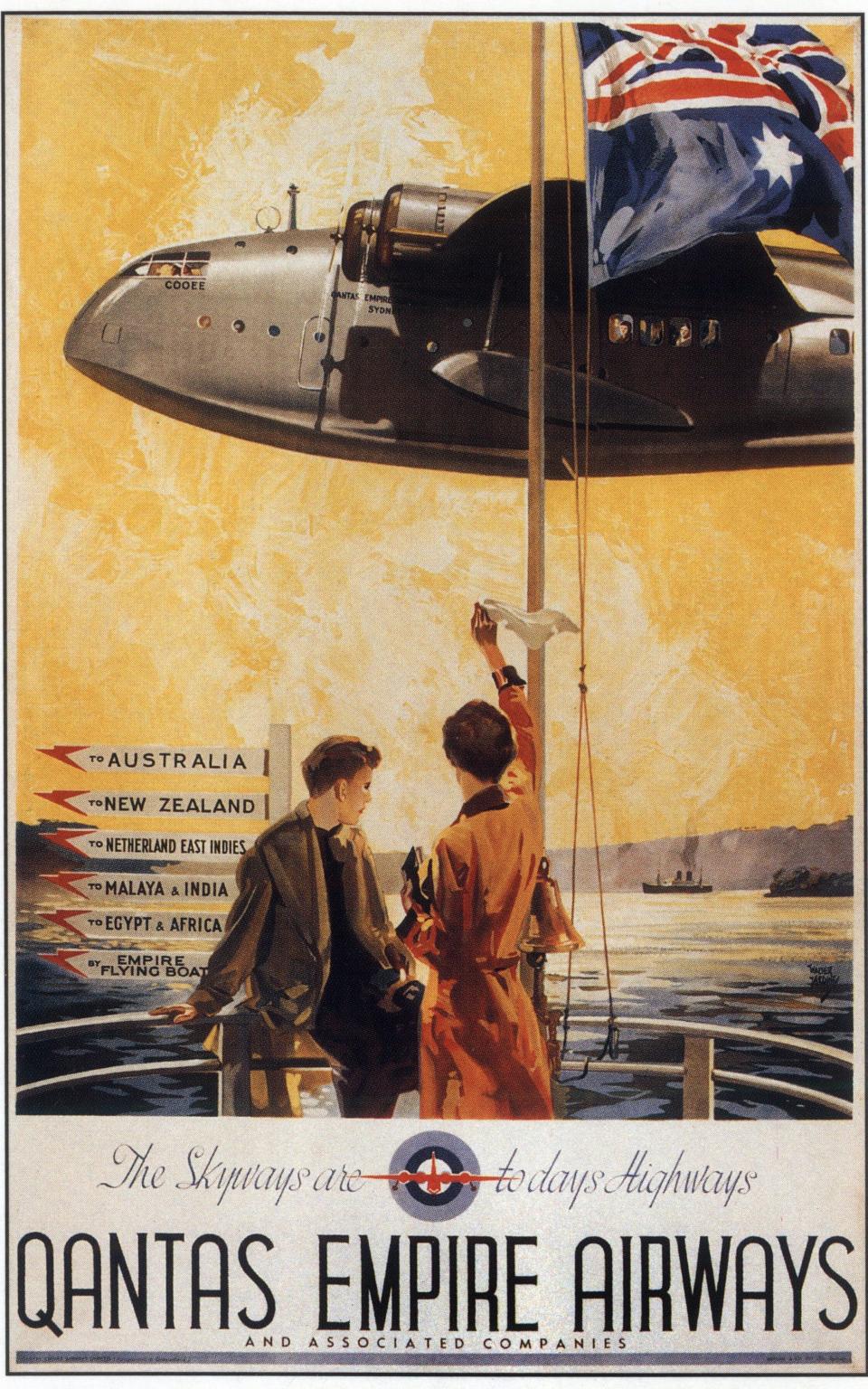
It has also succeeded via an ingrained determination that Australia’s relative geographic isolation would be a boon rather than a burden. It held the record for the world’s longest flight at a time when such a feat was a matter of endurance and steady hands rather than tinkering with precision technology. In 1943, it joined up with the Royal Australian Air Force to operate “The Double Sunrise” – a service between Nedlands in Western Australia and Koggala Lagoon in (what is now) Sri Lanka. Not only was this 3,512-mile, 28-hour odyssey (using a Consolidated PBY Catalina flying boat) a lengthier endeavour than any other at the time; it restored the air bridge between Australia and Britain that had been severed by the fall of Singapore (to Japanese troops) a year earlier (the remainder of the journey to the UK was flown by BOAC). The flight’s catchy moniker referred, of course, to the fact that crew and passengers witnessed two sunrises during their jaunt north-west.
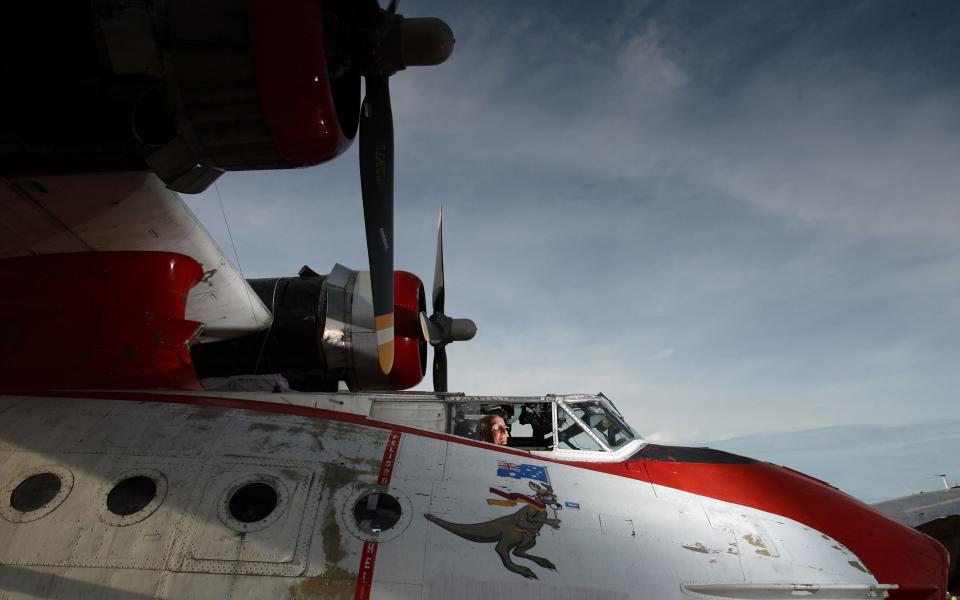
Fast forward to March 2018, and there was a similar connecting of countries in the launch of a direct service from Perth to London Heathrow – the first non-stop flight between Australia and the UK; a gargantuan 9,009 miles of travel, and 17 hours 25 minutes of time. That this was not, on its maiden departure, the world’s longest air-link – the Qatar Airways route between Doha and Auckland, launched 13 months earlier, was (and is) ahead by 23 miles and 15 minutes – did not diminish the achievement. Nor does the fact that a new longest flight – Singapore Airlines flight SQ23, which ties Singapore to New York across 9,537 miles of airspace and 18 hours – reduce it further. At time of writing, these are the only three flights to break the 9,000-mile barrier. A tremendous milestone.

It will soon be surpassed. But for Covid, it might have been already. Exactly a year and a day ago, Qantas began to lay its hands on one of the remaining holy grails of aviation. On November 15 2019, one of its Boeing 787 Dreamliners completed an 11,029-mile non-stop flight from London (Heathrow) to Sydney – in 19 hours and 19 minutes. There was, of course, a caveat to this marathon effort – there were only 52 people on board, meaning that the plane was flying at a much lower weight than would be the case if fully loaded, and was consuming fuel far more slowly than would ordinarily be the case. There is still work to be done before such a service could be operated at maximum capacity (depending on model, the Dreamliner can hold up to 330 passengers) – but there is a reasonable chance that a route that had long been thought a fantasy could soon be reality.
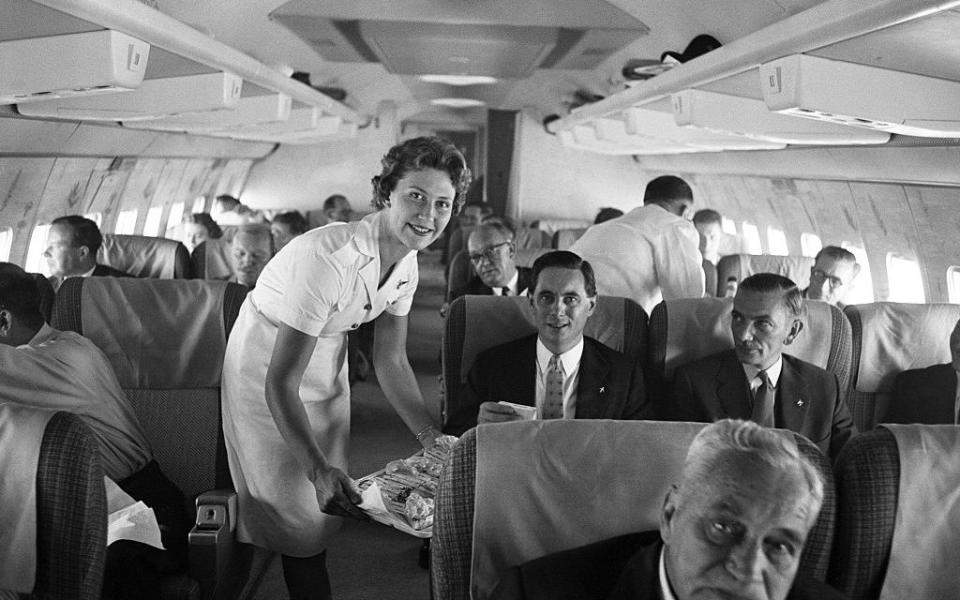
But for Covid, it might already have been in the skies. A month after that touch-down in New South Wales, Qantas announced that it was poised to buy 12 modified Airbus A350-1000s with the main purpose of ploughing the London-Sydney furrow. “Between [our] research flights and what we’ve learned from two years of flying Perth to London, we have a lot of confidence in the market for direct services like New York and London to the east coast of Australia,” Alan Joyce declared. “The A350 is a fantastic aircraft, and the deal on the table with Airbus gives us the best possible combination of commercial terms, fuel efficiency, operating cost and customer experience.” Qantas, it was added, would make a decision on these record-breaking flights (a proposal dubbed “Operation Sunrise”) in March. March, you may remember, would prove a bad month for such plans.
In May, it was announced that the purchase was postponed, with all talk of ultra-long-haul launches kicked into a pile of long-grass clippings in a box marked “2023. Perhaps”.
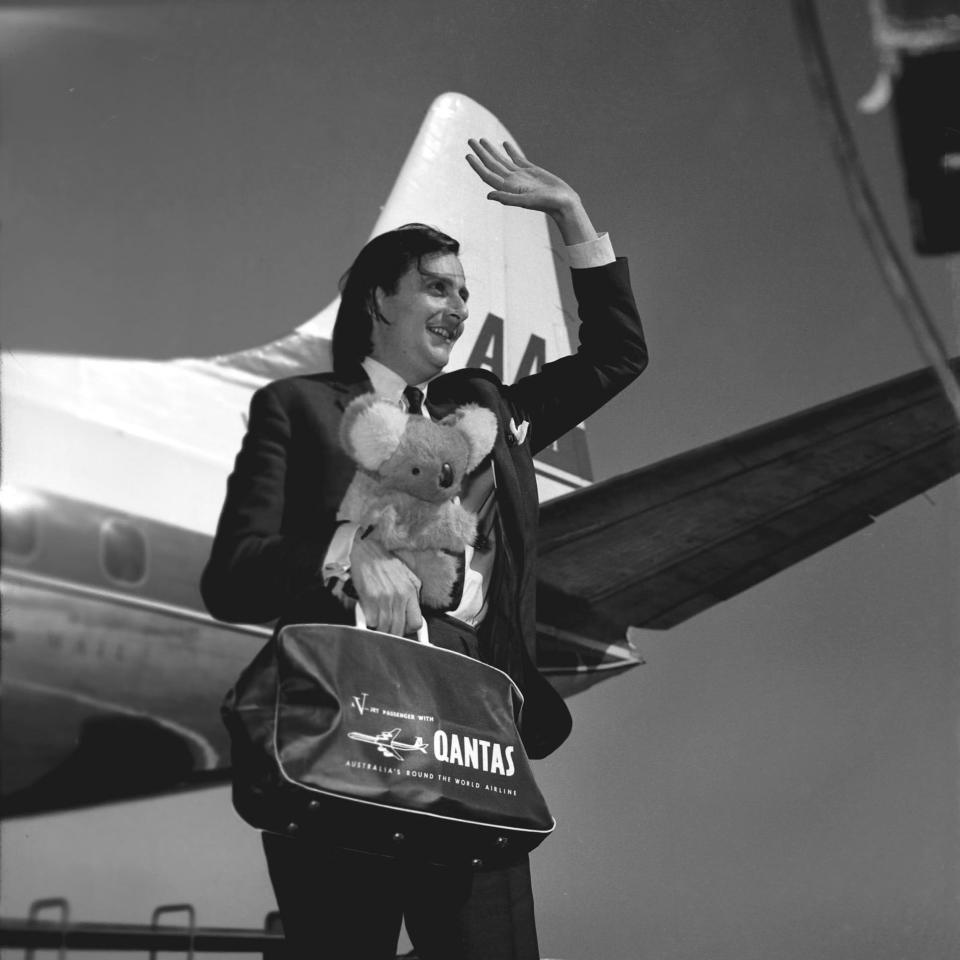
“We certainly won’t be ordering aircraft for that this year,” a rather more downbeat Joyce said. “We’ll keep a review on when is the appropriate time, when has the market recovered, and when Qantas is in a position to commit to more aircraft and more capital.”
That may, in light of August’s financial results, be a while. Still, you do not get to be a centurion airline without the ability to weather a storm or two – and if Qantas’s latest ambitions are on hold for a while, the company is likely to battle forwards with typical Australian resilience and bonhomie. Like many of its competitors, it spent part of this summer pensioning off its remaining Boeing 747s – but when it retired its final jumbo jet, it did so with a smile and a wink. Taking off from Sydney for Los Angeles and the Mojave boneyard on July 22, the pilots of this biggest of birds followed a most unusual flight path, tracing the outline of Qantas’s famous kangaroo logo in the heavens above the Tasman Sea. In what has been a dreadfully flat year, you have to create your own bounce.

